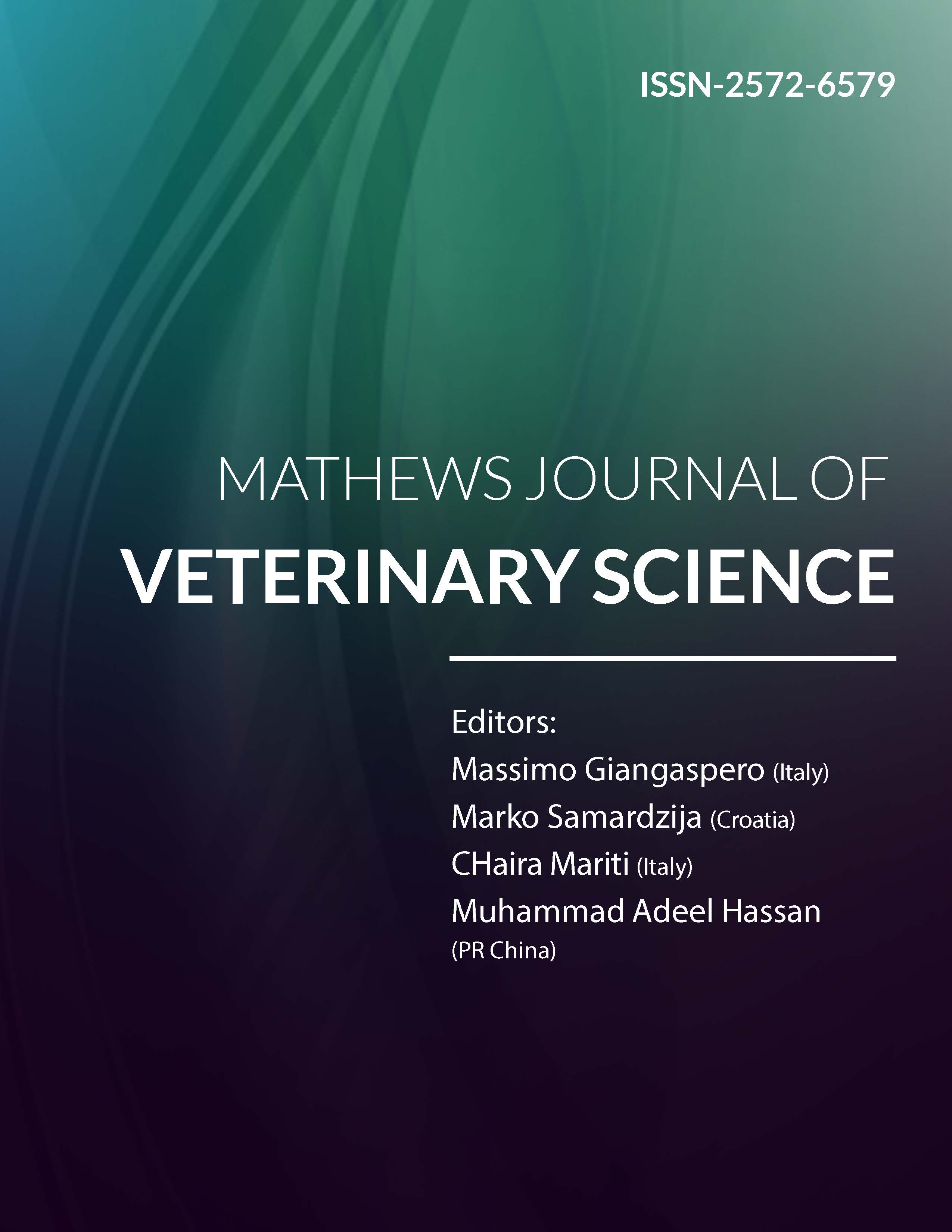
Information Links
Previous Issues Volume 7, Issue 5 - 2023
Viruses in Beef, Mutton, Chevon, Venison, Fish and Poultry Meat Products
Fahim A Shaltout*
Food Control Department, Faculty of Veterinary Medicine, Benha university, Egypt
*Corresponding author: Fahim Shaltout, Department of Food Control, Faculty of Veterinary Medicine, Benha University, Egypt, Tel: 00201006576059, ORCID: 0000-0002-8969-2677; E-mail: [email protected].
Received Date: November 21, 2023
Published Date: December 11, 2023
Citation: Shaltout FA. (2023). Viruses in Beef, Mutton, Chevon, Venison, Fish and Poultry Meat Products. Mathews J Vet Sci. 7(5):32.
Copyrights: Shaltout FA. © (2023).
ABSTRACT
Beef means meat of cattle, mutton means meat of sheep, chevon means meat of flesh of the goat used as food, venison means meat of dear, fish means meat of fish and shellfish, poultry means chicken, duck, geese, turkey, pigeon and rabbit. Beef, mutton, chevon, venison, fish and poultry meat act as a main sources of animal protein, in recent decades, viruses have been increasingly known as important causes of foodborne diseases mostly due to the improved methods of diagnosis and investigation of viruses. Viruses transmission through consumption of infected beef, mutton, chevon, venison, fish and poultry meat products or contact with contaminated beef, mutton, chevon, venison, fish and poultry meat products and water is now well known. The viruses most frequently involved in foodborne infections are public noroviruses, hepatitis A virus, human rotavirus, and hepatitis E virus. Beef, mutton, chevon, venison, fish and poultry meat act as major sources of animal protein, NoV and RV infections are common cause of acute human gastroenteritis, while hepatitis A virus and hepatitis E virus cause human hepatitis worldwide. Most of the cases remain unreported due to subclinical cases.
Keywords: Virus, Beef, Mutton, Chevon, Venison, Fish, Poultry Meat Products.